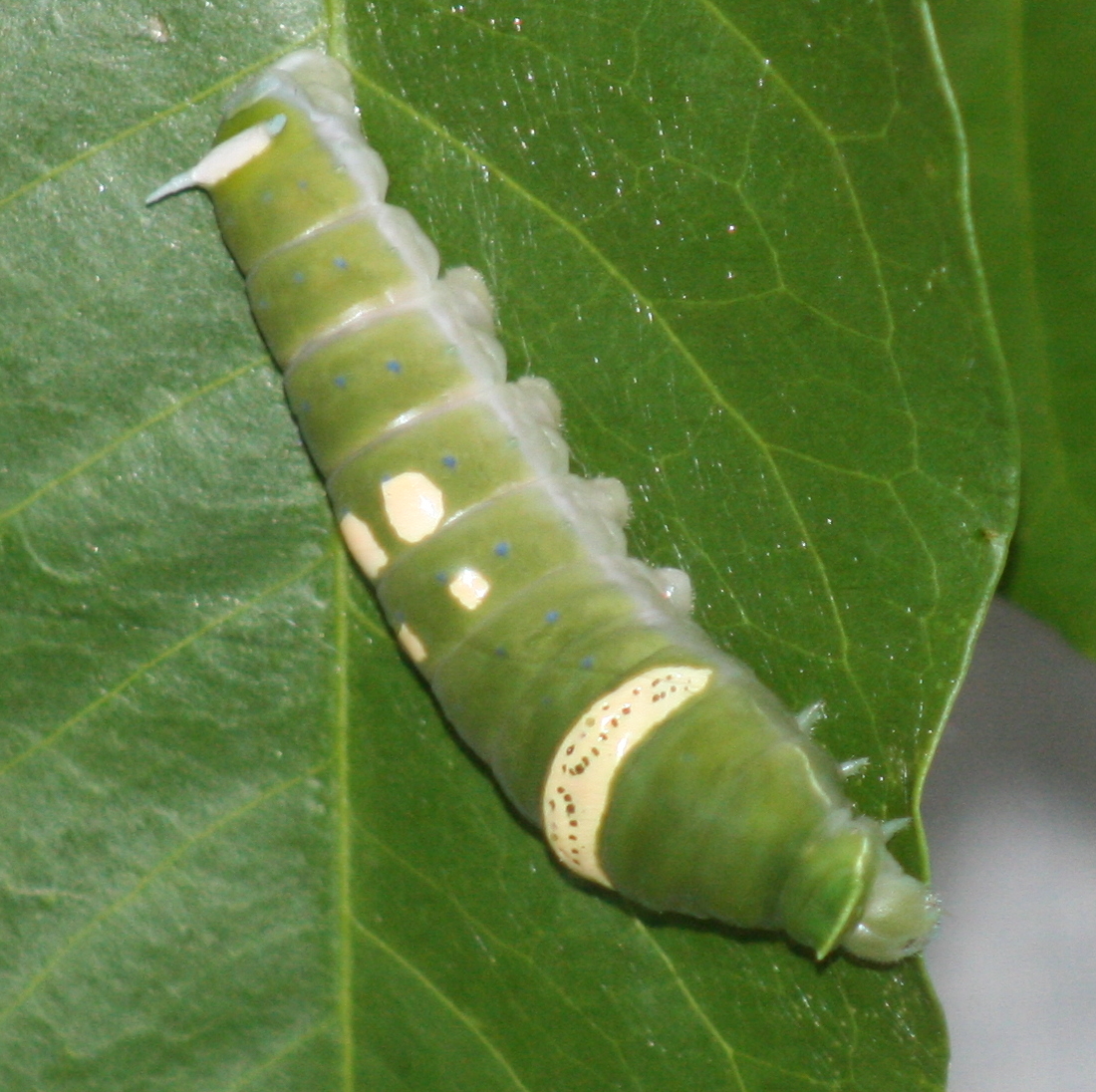Papilio Ulysses on:
[Wikipedia]
[Google]
[Amazon]
''Papilio ulysses'', the Ulysses butterfly (also commonly known as the Blue emperor), is a large
 The Ulysses butterfly typically has a wingspan of about , but depending on
The Ulysses butterfly typically has a wingspan of about , but depending on

ButterflyCorner.net
{{Taxonbar, from=Q135582 ulysses Butterflies described in 1758 Butterflies of Asia Butterflies of Australia Taxa named by Carl Linnaeus
swallowtail butterfly
Swallowtail butterflies are large, colorful butterflies in the family Papilionidae, and include over 550 species. Though the majority are tropical, members of the family inhabit every continent except Antarctica. The family includes the large ...
of Australia
Australia, officially the Commonwealth of Australia, is a Sovereign state, sovereign country comprising the mainland of the Australia (continent), Australian continent, the island of Tasmania, and numerous List of islands of Australia, sma ...
, Indonesia, Papua New Guinea and the Solomon Islands. Its size varies depending on subspecies
In biological classification, subspecies is a rank below species, used for populations that live in different areas and vary in size, shape, or other physical characteristics (morphology), but that can successfully interbreed. Not all species ...
, but the wingspan is about in Queensland.
This butterfly is used as an emblem for tourism in Queensland, Australia.
Description
subspecies
In biological classification, subspecies is a rank below species, used for populations that live in different areas and vary in size, shape, or other physical characteristics (morphology), but that can successfully interbreed. Not all species ...
has some variations in size (western subspecies largest). The upperside of the wings are an iridescent electric blue; the underside is a more subdued black and brown. The colours are produced by the microscopic structure of the scales, a phenomenon called structural colouration.P. Vukusic, J. R. Sambles, C. R. Lawrence, R. J. Wootton (2001) Sculpted-multilayer optical effects in two species of Papilio butterfly. Applied Optics 40:1116-1125
The female of the species is different from the male in that she has little crescents of blue in the back, upside sections of her hindwings, where there is only black for males. When the butterfly is perched the intense blue of its wings is hidden by the plainer brown under side of its wings, helping it to blend in with its surroundings. When in flight, the butterfly can be seen hundreds of metres away as sudden bright blue flashes. Males are strongly attracted to the colour blue, including blue objects which are sometimes mistaken for females.Similar species
The other members of the ''Papilio ulysses'' species group. *'' Papilio montrouzieri'' Boisduval, 1859 *'' Papilio syfanius'' Oberthür, 1886Subspecies
*''P. u. ulysses'' Seran, Ambon *''P. u. telemachus'' Montrouzier, 1856 Trobriand, Fergusson, Goodenough *''P. u. telegonus'' C. & R. Felder, 1860 Bachan, Ternate, Halmahera *''P. u. autolycus'' C. & R. Felder, 1865 West Irian - Papua *''P. u. joesa'' Butler, 1869 Cape York - McKay, Queensland *''P. u. orsippus'' Godman & Salvin, 1888 Choiseul, Isabel, Guadalcana, Florida Island *''P. u. ambiguus'' Rothschild, 1895 Bismarck Archipelago *''P. u. melanotica'' Hagen, 1897 Moluccas *''P. u. gabrielis'' Rothschild, 1898 Admiralty Is. *''P. u. nigerrimus'' Ribbe, 1898 Bougainville, Shortland Is. *''P. u. morotaicus'' Rothschild, 1908 Morotai Island *''P. u. dohertius'' Rothschild, 1898 Obi *''P. u. ampelius'' Rothschild, 1908 Buru *''P. u. oxyartes'' Fruhstorfer, 1909 Aru *''P. u. georgius'' Rothschild, 1908 New Georgia GroupDiet and conservation

Conservation
The Ulysses butterfly inhabits tropical rainforest areas and suburban gardens. The Australian government requires breeders to obtain permits, although the species is not endangered. In the past, this butterfly had been threatened but planting pink flowered doughwood has increased its numbers. Reduction in the number of the '' Euodia'' trees, a tree heavily used for laying eggs and for leaves eaten by caterpillars, may threaten the survival of this butterfly. Females favour small trees up to 2 metres tall to lay their eggs.Diet
The larval food plants of this butterfly include kerosene wood, a variety of '' Citrus'', and '' Euodia''. In Australia, the Ulysses butterfly imago is known to feed from the blossoms of the pink flowered doughwood, a tree with clusters of small pink flowers that extrude from its branches.References
Further reading
*Erich Bauer and Thomas Frankenbach, 1998 ''Schmetterlinge der Erde'', Butterflies of the World Part I (1), Papilionidae Papilionidae I: ''Papilio'', Subgenus ''Achillides'', ''Bhutanitis'', ''Pooples''. Edited by Erich Bauer and Thomas Frankenbach. Keltern: Goecke & Evers; Canterbury: Hillside Books,External links
ButterflyCorner.net
{{Taxonbar, from=Q135582 ulysses Butterflies described in 1758 Butterflies of Asia Butterflies of Australia Taxa named by Carl Linnaeus